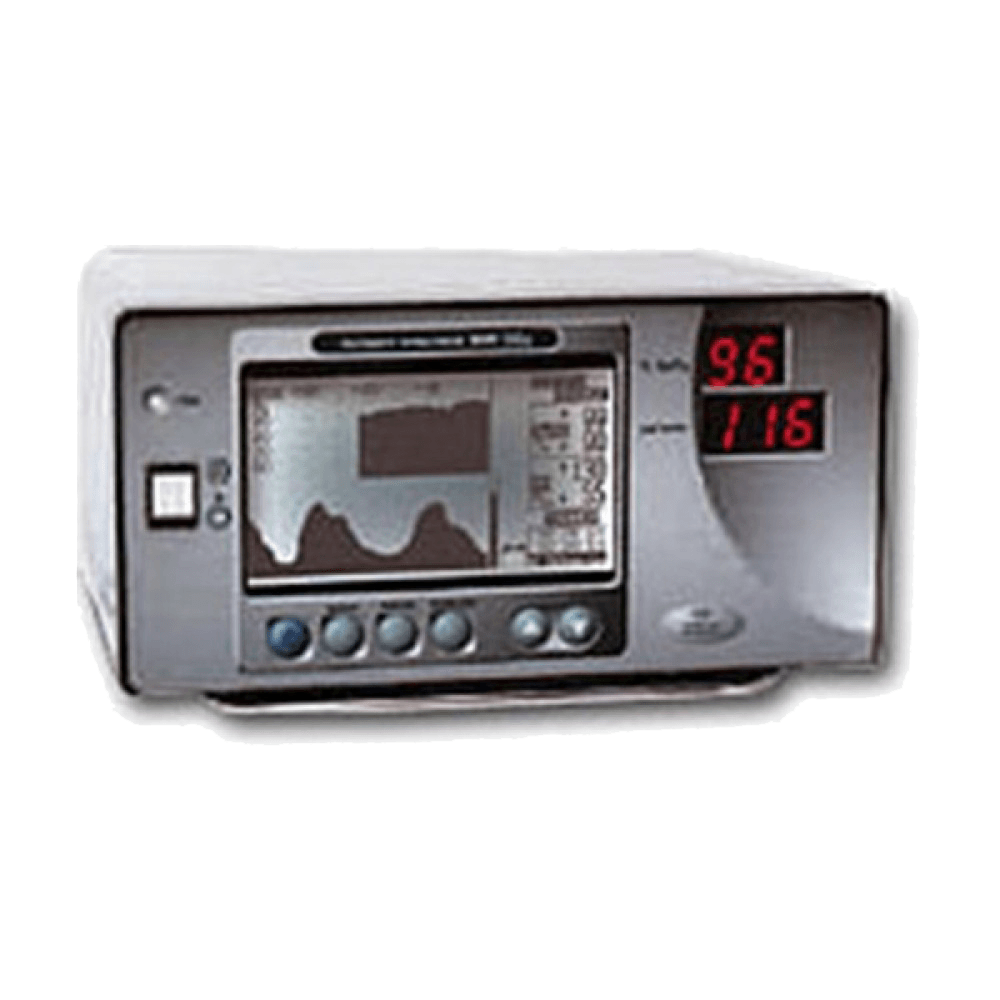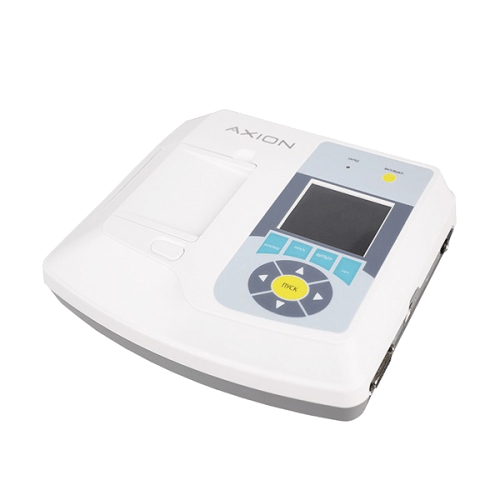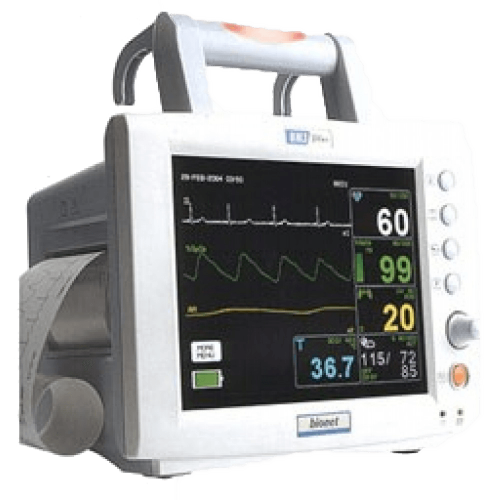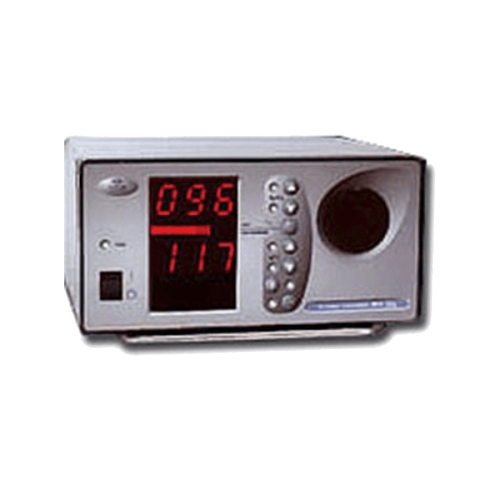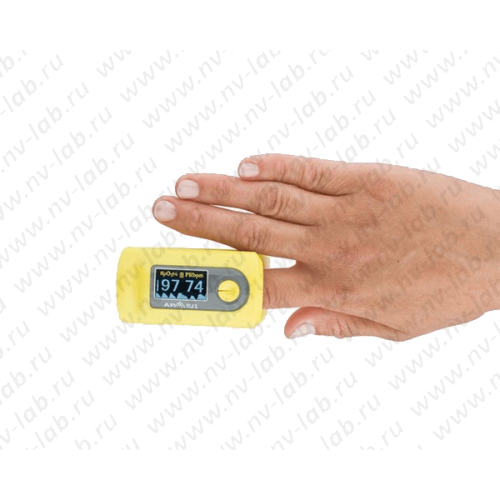Description
Pulse oximeter OP-32A “TRITON”
Designed for non-invasive measurement of hemoglobin saturation of arterial blood with oxygen SpO2, determination of pulse (PR) and monitors the three main functions of the body:
cardiac activity;
peripheral circulation;
oxygenation of arterial blood.
The OP-32A pulse oximeter can warn about the development of cardiac arrhythmias, measure the peripheral pulse rate using a photoplethysmographic curve, and report on peripheral circulation disorders, respiratory disorders and other life-threatening conditions for the patient. The ability to automatically recognize conditions that threaten the patient’s life and warn personnel about their occurrence and development is the most important property of OP-32A, which makes it one of the world’s best examples.
The OP-32A pulse oximeter gives an alarm in the following situations:
- the current blood oxygen content (SpO2) is less than the lower SpO2 threshold;
- the current SpO2 is greater than the upper SpO2 threshold;
- the current heart rate is less than the lower PR threshold;
- the current heart rate is greater than the upper PR threshold;
OP-32A has the following parameter display windows:
- PPG display window (photoplethysmogram).
- a window for displaying the memory content by one of the selected parameters: SpO2, PR, pulse filling.
Display modes are switched by one button and can be flexibly used by service personnel depending on the specific situation.
The PPG curve is displayed on a liquid crystal display with an active backlight, which makes it possible to use it in a darkened room.
A bright LED indicator is provided to indicate SpO2 and heart rate parameters. Information from the SpO2 and HR indicators is normally readable from a distance of up to 10 m. When running on battery power, the LED indicator can be turned off to save energy.
The pulse oximeter provides electrical safety for the patient.
Opportunities of the pulse oximeter OP-32A for registration and documentation of information:
The instrument is equipped with an internal data memory. The basic PPG data logging memory capacity is 20 hours. By special order, the device can be equipped with an additional memory module to increase the time of registration (trend) up to 72 hours. The data is stored in it even when the power is turned off for at least 24 hours.
To document trend data on paper, a conventional printer is connected to the instrument. Printing can be done during work or after it is completed.
The OP-32A device implements the mode of operation in the centralized monitoring network. Up to 16 pulse oximeters can be connected to one central station (personal computer). The data from all devices is displayed on the screen of the central station.
Supply system:
The OP-32A device can operate from AC mains 220V – 50 Hz and from an internal battery. Operating time from the internal accumulator – 2 hours. The battery is charged automatically when the device is connected to the mains. The OP-32A pulse oximeter has a modification with a sophisticated power supply system operating from the on-board network of an ambulance or an ambulance helicopter.
The basic set of the device includes an SpO2 sensor. Any number of sensors of various modifications (ear clips, adults and children) can be supplied by separate order.
Main technical parameters and characteristics:
The instrument operates on AC
mains at voltage ………………………………………………………… ………..220V + 22V
With frequency ……………………………. ………………………………………..50 Hz.
Power consumed by the device, not more than ………25 VA
Overall dimensions ………………………… ……………… 265 x 295 x 100 mm
Settling time:
SpO2 when the input value changes from 60 to 100% at a pulse rate (PR) from 30 to 60 beats /min ……………. no more than 20 sec.
Existence of light indication of filling of pulse and sound signaling of frequency of pulse.
The presence of a two-stage light and sound alarm, in cases where the measured values go beyond the established limits.
Pulse oximetry channel
SpO2 % measurement range ……………60-100
SpO2 % measurement range ……………0-100 Pulse rate
measurement range (
PR) ………………….25-220bpm.
Limits of permissible absolute error of the device when measuring SpO2
in the range of 90-100% ……………………………………………………..±2
in the range of 60-89% …………………………….. ±3

